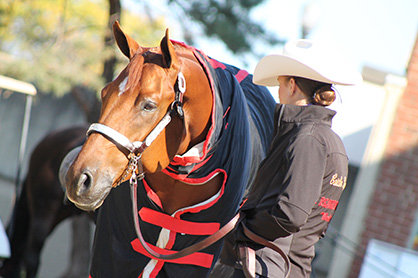
But cold, wet rain on a 32 to 40 degree day is the hardest weather for horses to stay warm because they get wet to the skin. Horses will often seek out a shed or shelter to get out of driving rain, to shiver and warm up. When it’s really cold, 20 degrees or below, horses are generally outside, eating hay and not bothered because their fur is doing its job.
Continue reading …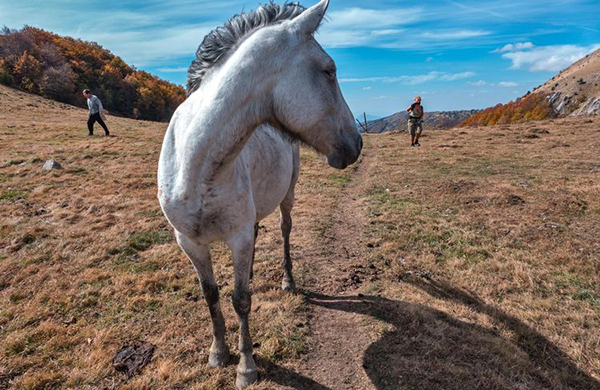
Check gates and perimeters: Close or block any gates that might secure a perimeter around the loose horse. Be aware that frightened loose horses might jump things they might not ordinarily jump.
Continue reading …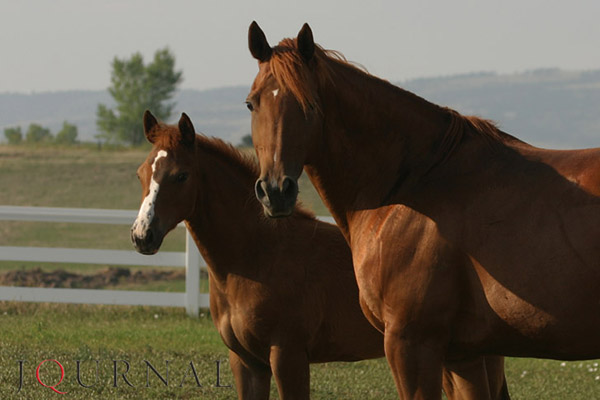
Advances in science and technology are continually changing the horse world. Not too long ago, removing an embryo from a horse and having a surrogate carry that foal to term was the stuff of sci-fi novels. Now, it is common practice. To keep up with the times and still uphold the integrity of the American Quarter Horse breed, AQHA has instated a set of rules for mares and foals involved in embryo transfer.
Continue reading …Early Training of Young Horses- Imprinting Versus Other Methods
January 25, 2021 Comments Off on Early Training of Young Horses- Imprinting Versus Other Methods
The idea of imprint training is to, in a single session, introduce as many new objects and sensations as possible within the first 24 hours after birth. This might include brushes, halters, clippers, other equipment, and touching of the face, body, legs, and hooves.
Continue reading …Winter Water Woes and Colic Prevention
January 25, 2021 Comments Off on Winter Water Woes and Colic Prevention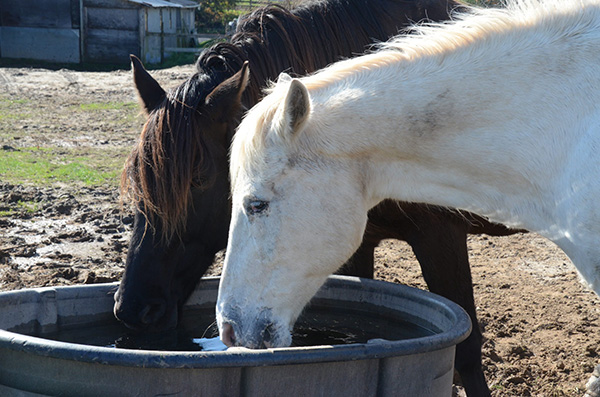
Nothing can drain the color from a horse owner’s face quicker than hearing the word COLIC! Winter is an important season to focus on colic prevention and ward off water woes that can lead to impaction in the equine gut.
Continue reading …
We humans have a huge diversity of individual dietary preferences. Some have a raging sweet tooth, others prefer salty or spicy, love or hate specific vegetables, etc. It’s not as complicated for horses. Their instinctive taste preferences are geared toward survival. Try as you might, you won’t be able to create an acquired taste for sushi in a horse.
Continue reading …EquiManagement Launches the Business of Practice Podcast
January 16, 2021 Comments Off on EquiManagement Launches the Business of Practice Podcast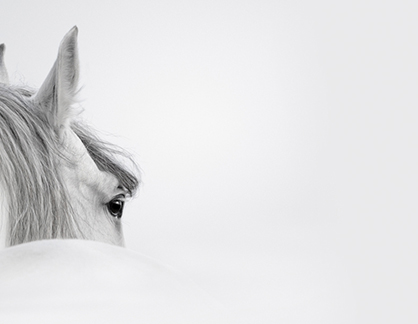
A recent survey of equine veterinarians showed that business topics ranked just behind imaging/ultrasound (and was tied with lameness) as the most desired educational subjects. To help meet this need, EquiManagement is proud to launch The Business of Practice podcast that will focus on the fiscal, financial and human sides of equine veterinary practice topics.
Continue reading …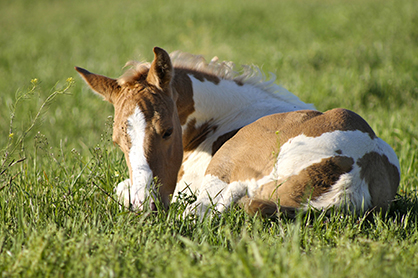
Horses in stables have been shown to have a regular total sleep time of three and a half hours per night. The duration of the different sleep stages is relatively constant. REM sleep totals about 30 minutes a night (15% of the total sleep time) and slow-wave sleep takes up the most time at 65%. The rest of the total sleep time is spent in light sleep.
Continue reading …Safe Supplements For EMS/IR and Cushing’s Horses
December 30, 2020 Comments Off on Safe Supplements For EMS/IR and Cushing’s Horses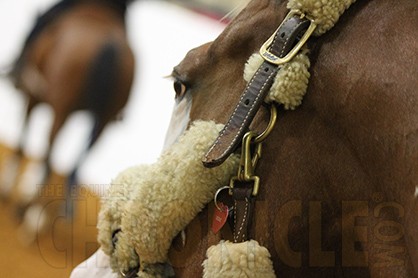
The cornerstone of managing horses and ponies with metabolic issues resulting in high insulin, is tight control of their diet — specifically, avoiding anything that would promote higher insulin.
Continue reading …The Silver Lining of COVID-19 for Horse Communities
December 29, 2020 Comments Off on The Silver Lining of COVID-19 for Horse Communities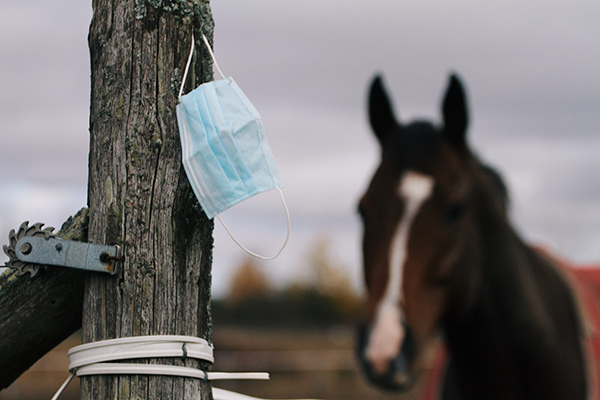
Over the course of the last nine months, COVID-19 has proved to be challenging for everyone. People in the equine industry have faced significant hardship, isolation and financial impacts. These unforeseen circumstances provided an opportunity for horse enthusiasts to come together and discuss how to best support each other during these unprecedented times.
Continue reading …







